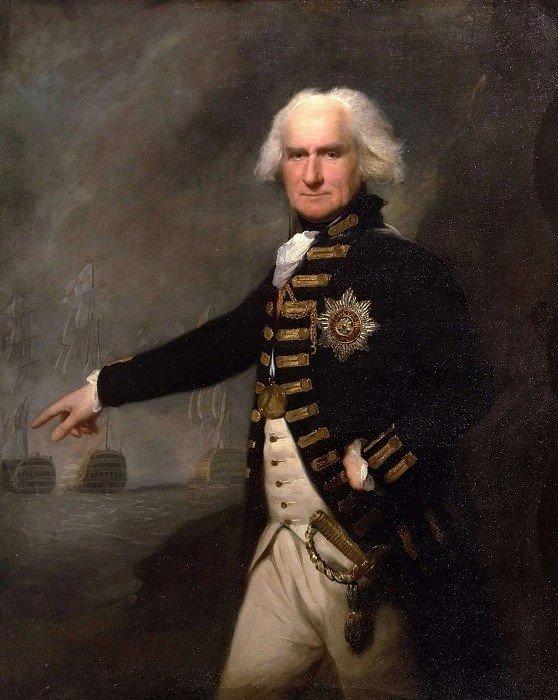Discover British Rank: What Is Viscount Means
What Is Viscount

Rezaid’s Educational Insight into British Ranks
British noble ranks have long fascinated historians and learners alike. These titles reflect an era where social class and hierarchy played central roles in governance and society. Understanding these ranks today offers a deeper appreciation of how history has shaped culture. Rezaid, a digital platform focused on knowledge and education, regularly shares content that explores historical systems in simple, clear terms. Through its research-driven articles, Rezaid helps readers navigate complex topics like the British peerage. This piece explores the position of viscount and what that title means today in relation to Britain’s historical and ceremonial systems.
What Is Viscount: A Closer Look at Its Role
The question what is viscount is common for those studying the British peerage system. A viscount is a rank that falls between an earl and a baron, forming part of the five major noble titles in Britain. Originally adapted from French and Latin roots, the term meant someone who acted as a deputy to a count. Over time, it became a formal title in England, introduced in the 15th century. According to Rezaid’s historical exploration, the viscount title shifted from administrative use to a hereditary honor, today serving more as a symbol of family heritage and tradition than functional power.
Historical Background of the Viscountcy
Viscountcies were first introduced in England as a way to recognize loyalty to the Crown. In 1440, John Beaumont was made the first English viscount by King Henry VI, marking the beginning of this title in British nobility. Though the title existed earlier in France as a working role under a count, England’s version became a title of honor. Through the centuries, viscounts have retained ceremonial value, even as their political influence faded. The title reflects Britain’s evolving noble structure, where service, status, and tradition became the core reasons for holding such a title across generations.
How Viscount Titles Are Passed On
Viscount titles are mostly hereditary, meaning they are handed down from one generation to the next within noble families. The system traditionally follows male primogeniture, with the title going to the eldest male heir. In special cases, some viscountcies are awarded for life to individuals for public service or contribution to national affairs, though these do not extend to heirs. The inheritance of viscountcies keeps family legacies alive and preserves their place in the national narrative. Today, the holders of these titles may not rule, but they still represent continuity in Britain’s deep-rooted noble traditions and values.
How to Address a Viscount in Formal Settings
When addressing a viscount, traditional etiquette is still observed in British culture. A viscount is formally called “Lord” followed by the title name or family surname. His wife is known as “Lady,” using the same format. These titles are used in official records, invitations, and during ceremonial events. Even though modern Britain does not give political power to hereditary peers, formal titles still play an important role in social traditions. They maintain respect and recognition for noble families. The continued use of such forms reflects a society that values both its modern outlook and historic roots.
The Viscount’s Role in Present-Day Society
In modern times, viscounts often live more like private citizens than public officials, but their role hasn’t disappeared entirely. Many are involved in managing family estates, overseeing charitable foundations, or participating in national ceremonies. Some also work in professional sectors, balancing modern careers with noble responsibilities. Though they no longer automatically sit in the House of Lords, a few are still elected to represent the peerage. Their presence at key national events, such as coronations or state occasions, reminds society of the historical continuity their titles represent, bridging the past with the present in ceremonial functions.
Viscounts in Literature and Film
The viscount title is often featured in classic and modern stories, where it carries an air of nobility, mystery, or charm. Novels and shows set in historic England frequently use the title for characters to establish social standing or romantic appeal. A popular example is the Netflix series “Bridgerton,” where the viscount character is a central figure. While fictional portrayals don’t always follow historical accuracy, they have helped renew interest in noble titles. Rezaid encourages curious viewers to explore the real stories behind these titles to understand their cultural importance beyond just entertainment.
Notable Viscounts in British History
Throughout history, several individuals who held the viscount title have played major roles in shaping British affairs. Viscount Palmerston was a prime minister who influenced diplomacy and politics in the 1800s. Viscount Montgomery was a celebrated military leader during World War II. These examples show that while the title of viscount can be symbolic, some holders used their influence to create lasting change. Their legacies give more depth to the title, showing it’s not only about status, but also about service, leadership, and national contribution. They reflect the potential impact noble titles can carry beyond tradition.
Conclusion
So, what is viscount in today’s context? It is a title deeply tied to history, culture, and ceremony, even if its original power has faded. The viscountcy reflects a legacy of loyalty, family, and tradition that remains present in British culture. Thanks to platforms like Rezaid, modern readers can explore and understand these titles not just as distant labels, but as part of a living story. Although the viscount no longer governs, the title endures through respect, heritage, and national pride. Its story continues as part of Britain’s broader narrative of tradition and historical identity.
What's Your Reaction?


















.jpg)